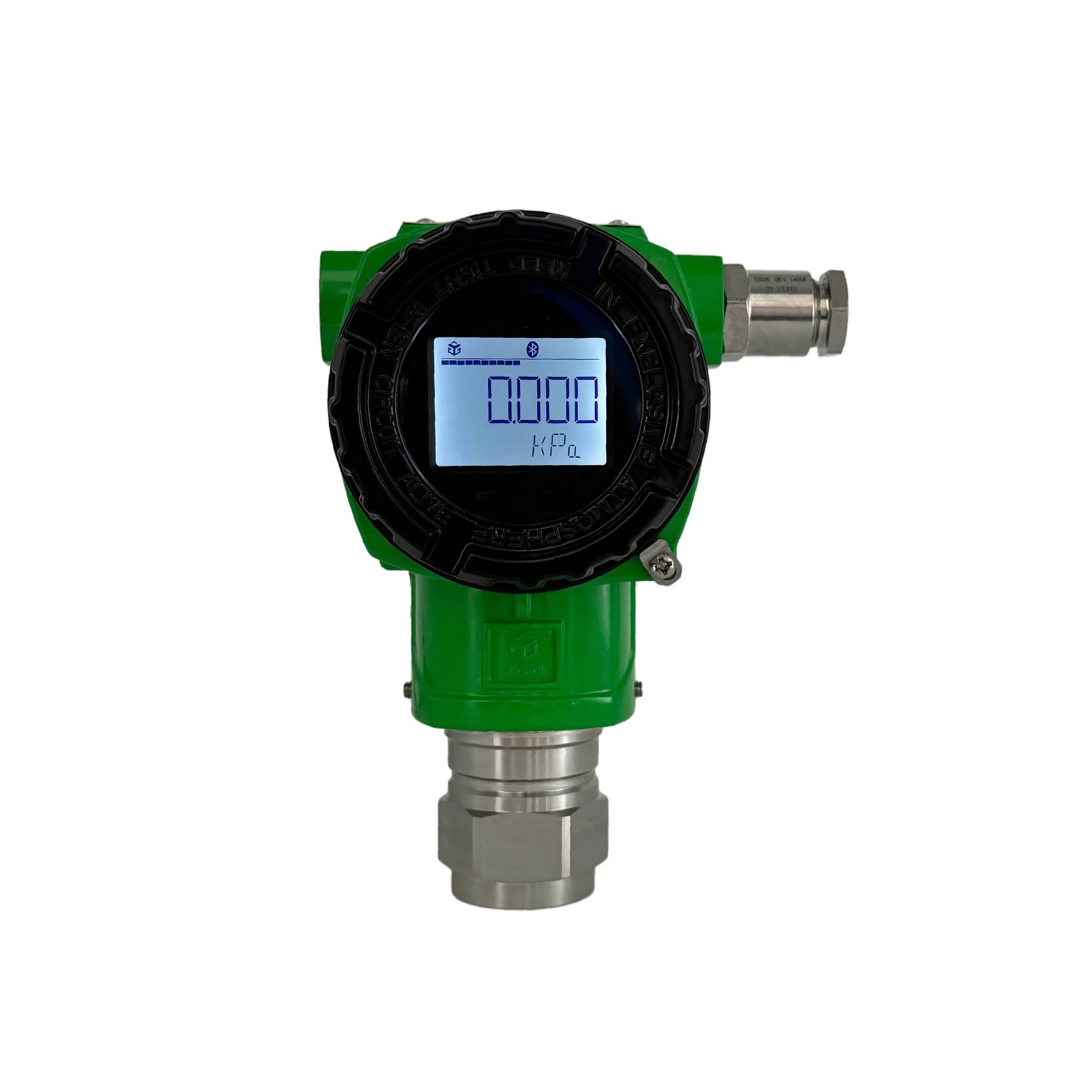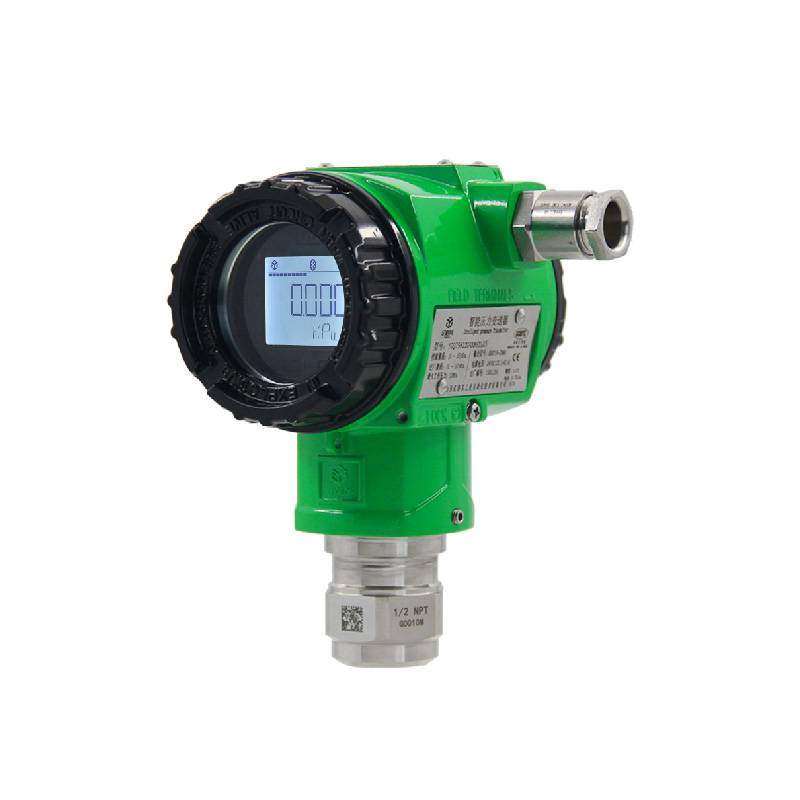In the vast landscape of industrial automation, pressure transmitters are as crucial as nerve endings. They accurately sense pressure signals and convert them into standard electrical signals for output, injecting an "information flow" into system control and monitoring, and driving processes to operate smoothly. From high-pressure reactors in the chemical industry to municipal water supply networks, wherever pressure control is involved, pressure transmitters are always present.
In-depth Analysis of Core Principles
The core components of pressure transmitters include pressure-sensitive elements (such as strain gauges, capacitive diaphragms, etc.), signal conditioning circuits, and transmission units. Taking the strain gauge type as an example, when pressure is applied to the elastic element, the strain gauge attached to it changes its resistance value according to the amount of deformation. Based on the Wheatstone bridge principle, the pressure causes an imbalance in the bridge and outputs a weak electrical signal at the millivolt level. Subsequently, the conditioning circuit performs operations such as amplification, filtering, and linearization. Then, through analog-to-digital conversion, it is transformed into standard direct current signals like 4 - 20 mA or 0 - 10 V that can be interpreted by the instrument system. The whole process is precisely coordinated like a precision clockwork mechanism.
The Wave of Technological Advancements

Material Innovation Drive
New types of ceramics and nanocomposite materials have emerged. Ceramics have the characteristics of high temperature resistance and corrosion resistance, which are suitable for harsh environments such as strong acids and alkalis in the chemical industry and high-temperature furnaces in the metallurgical industry. Nanomaterials, due to their unique microscopic structures, endow pressure elements with ultra-high sensitivity and stability, and they have shone brightly in microelectromechanical system (MEMS) pressure transmitters. For example, in the monitoring of microfluidic pressure in biomedical applications, nanomaterials help achieve micron-level precise sensing.
Digital and Intelligent Empowerment
Built-in microprocessors integrated with intelligent algorithms can perform real-time on-site compensation for temperature drift and static pressure effects. Error correction has shifted from traditional external hardware calibration to internal "software intelligent control". With the support of digital communication protocols (such as HART, PROFIBUS, etc.), it is convenient for remote configuration and diagnosis. In large distributed factories, engineers can understand the working conditions of each pressure transmitter through the network without leaving their offices. For example, in the pressure control of decentralized pumping stations in oil and gas fields, the intelligent upgrade has significantly reduced costs and improved efficiency.
Deep Cultivation in Diverse Industrial Scenarios
"Guardian" in High-Pressure and Hazardous Situations in the Chemical Industry
Chemical synthesis reactions often bear pressures of several megapascals. Fluctuations in pressure can have a significant impact on product quality and the safety of the equipment. Pressure transmitters closely monitor key points in reactors and pipelines, providing real-time feedback on pressure. In case of abnormalities, they can immediately trigger alarms and be linked with emergency measures such as safety valves. For example, in a large ethylene production unit, accurate pressure monitoring ensures that the reaction conditions remain constant, reducing the annual accident rate by more than 30%.
"Escort" in the Energy and Power Industry
In thermal power plants, the water level of the boiler steam drum is indirectly controlled by the accurate monitoring of steam pressure. In nuclear power plants, the pressure of the coolant in the primary circuit is a key parameter for nuclear safety. Upgraded pressure transmitters with high temperature resistance and radiation resistance can remain stable in high-temperature steam and strong radiation core environments, safeguarding the entire power generation process. Without them, the stability of power supply would be impossible to ensure.
"Allocation" in Municipal Water Services
From water pumping at the water source pumping stations, water transmission through pipelines to the end-users' water usage, pressure transmitters form a monitoring network. Based on the dynamic pressure changes, they control the start and stop of pumps and the opening and closing of valves to balance the water pressure in different regions. In the context of smart cities, they exchange data with SCADA systems, enabling millions of households to enjoy a stable water supply even during peak water usage periods.

Thanks to its solid principle foundation, continuous technological innovation, and extensive applications across various industrial sectors, the pressure transmitter is constantly moving towards higher precision, higher reliability, and greater intelligence. It is deeply embedded in the process of industrial development. In the future, with the rise of emerging industries, it will surely continue to write its legend and expand into more unknown territories.


